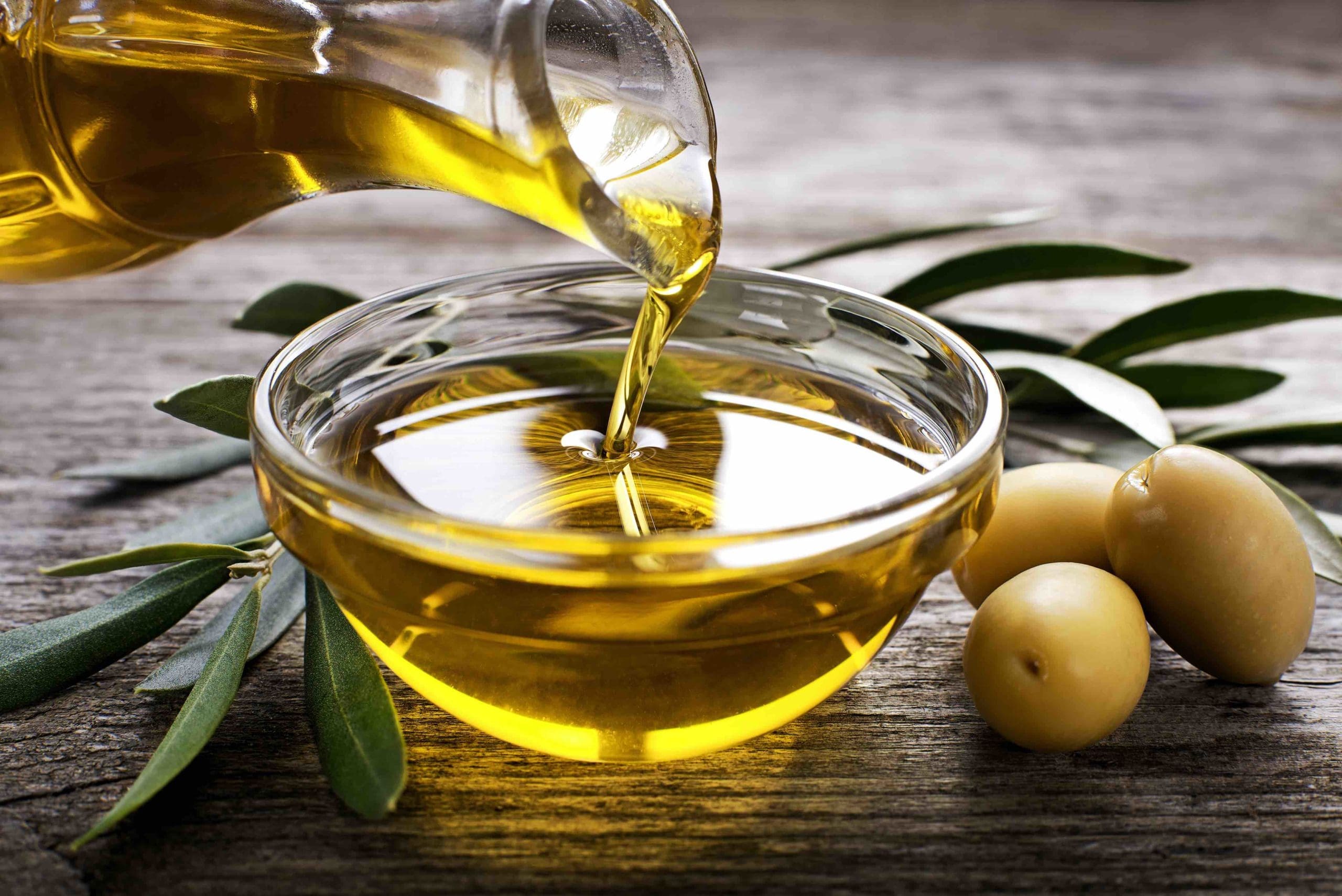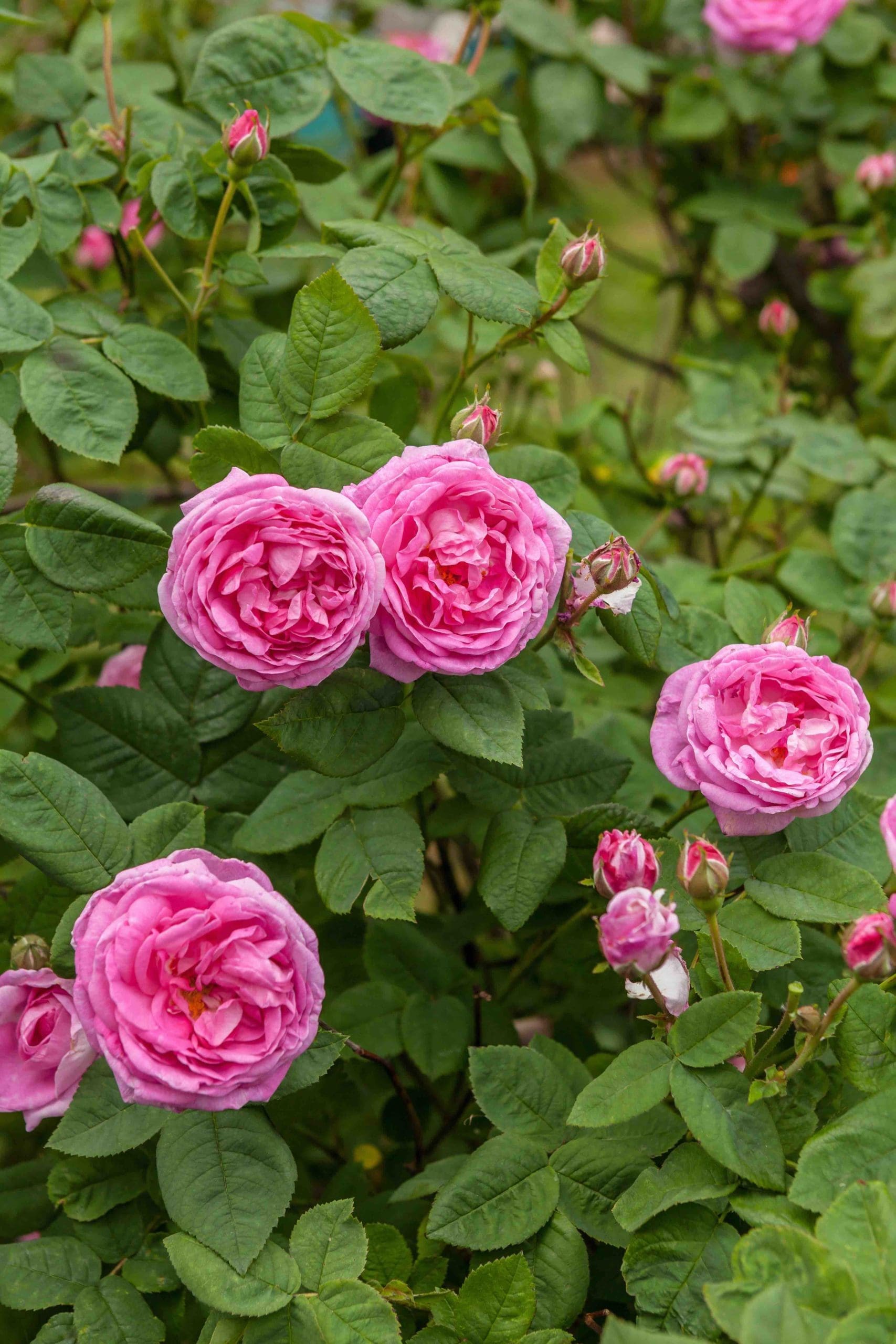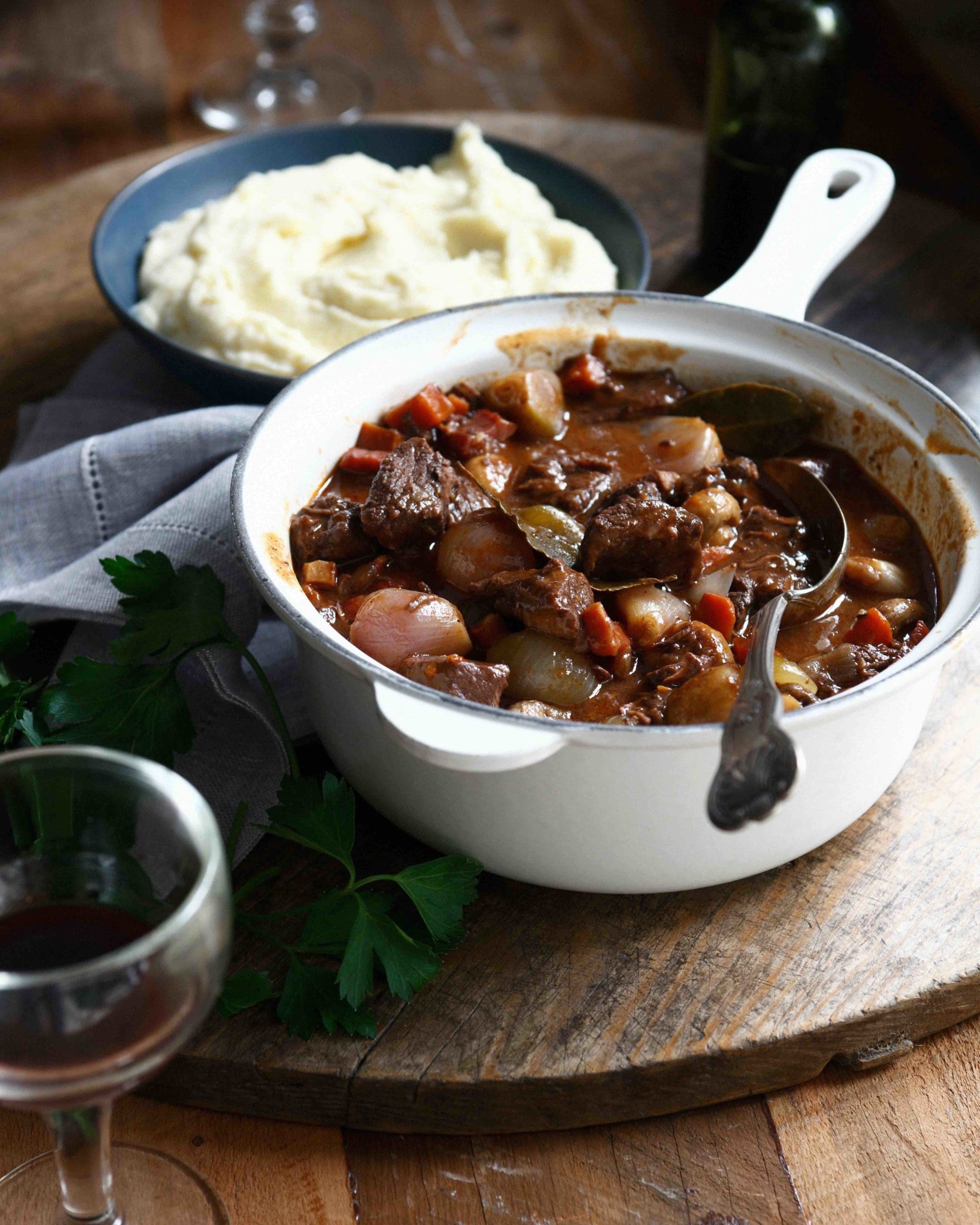Sunscreen on a sea-salt breeze. Campfire in a pine-scented wood. The smells we associate with our favorite travel memories can bring us right back to the time and place where we first experienced them, which is why it’s a brilliant idea to build our trips around the scents we hope to remember. One of the world’s quintessential fragrance-forward destinations? Provence. Whether you’re strolling local markets or driving past fields of flowers, the signature smells of France’s southern region teach us so much about its culture, history and way of life.

Lavender
In the age of Instagram, it’s a happy coincidence that the sweetest smelling site in Provence also happens to be one of its most picture-perfect. There are few places as dreamy as the 500-mile lavender route come June and July, when the flower is in full bloom. Views of vivid purple rows undulating across the countryside extend out in every direction, and a soothing aroma floats delicately on the summer breeze.
This picturesque season culminates in the Corso of Lavender, an annual jubilee paying homage to the beloved perennial in Dignes-les-Bains. The plant is also prized for its calming properties, which is why Digne is one of France’s top spa destinations. Wellness clubs benefit from both the ambrosial air and the healing waters of three mountain rivers that wind through town.

Photography by Olga Kriger/Alamy
Truffles
Nowhere does the adage “Follow your nose” take on more meaning than in the truffle trade. Provence is home to one of the world’s most prized varieties, the French black diamond. These culinary treasures are harvested with the help of pigs, who heed the call of truffles’ heady pheromones. Hunting season kicks off with a November festival in Richerenches, and the creatures’ well-calibrated snouts guide collectors to secret woodland troves.
Les Pastras, an organic farm in the Luberon, gets you in on the action with truffle-hunting tours. After a day of chasing pigs to sought-after hot spots, you can enjoy a picnic of fresh hors d’oeuvres featuring — you guessed it — truffles, along with crisp Champagne and Les Pastras’ famous locally farmed oils. If you come up empty-handed, the Friday morning market in Carpentras offers plenty of high-end treats to take home with you.

Photography by Dusan Zidar/Shutterstock
Olive Oil
Speaking of oils, you’d be remiss not to try a tasting of this prized Provençal export. The flavors and fragrances of olive oil, known around here as liquid gold, are just as varied and nuanced as any wine, with identifiable floral notes (thanks to the locale’s abundant bouquets of lavender, rose and other blossoms) rounded out by hints of lemon, grass, pepper and herbs.
You can experience it for yourself in picturesque Mouriès, beloved for its charming tree-lined streets surrounded by hills, vineyards and, obviously, olive groves. This quaint country village is the largest producer of olive oil in France, courtesy of its 80,000+ trees, and hosts an annual festival honoring the tasty tree fruit every September.

Photography by Jurate Buiviene/Alamy
Roses
In 1783, French artist Élisabeth Vigée Le Brun painted a famous portrait of Marie Antoinette holding a pink centifolia rose, and the blossom has held an air of luxury ever since. It’s the scent of centifolias that helped earn Grasse its reputation as the birthplace of luxe perfumery. Travelers from around the world visit this town set in the hills above Cannes for a whiff of its intoxicating fragrance. In fact, Chanel has infused its signature No. 5 perfume with Grasse centifolias since the 1920s, and the buds continue to inspire today’s top perfumers.
Here, flower picking has been raised to an art form, and each family-run farm has its own method of preserving the petals’ delicate fragrance. Many expats come to learn from these experts or earn a pedigree from the Grasse Institute of Perfumery. Even if you’re just visiting for a week, don’t miss the opportunity to bottle up your own custom scent at one of the many workshops offered in town.

Photography by Cultura Creative Ltd/Alamy
Daube
There’s nothing like cool, crisp mountain air to make you crave a hearty bowl of beef stew, and this Alpine destination’s take on the classic comfort food will have your mouth watering. Known as daube, the regional staple originated in the 19th century as a way for poorer populations in the French countryside to make use of tough cuts of meat. First, the beef marinates for at least a day before simmering in an aromatic bath of red wine, garlic and herbes de Provence. The result is an earthy, deeply satisfying meal centered around forkfuls of fall-apart meat that literally melts in your mouth.
The dish’s rise in popularity can be attributed to carters (the truckers of 1800s France) who would savor daube at inns and eateries along their route. Today, you can enjoy it as they did — that is, letting someone else prepare it for you. La Fourchette in Avignon has some of the best daube in all of France.


